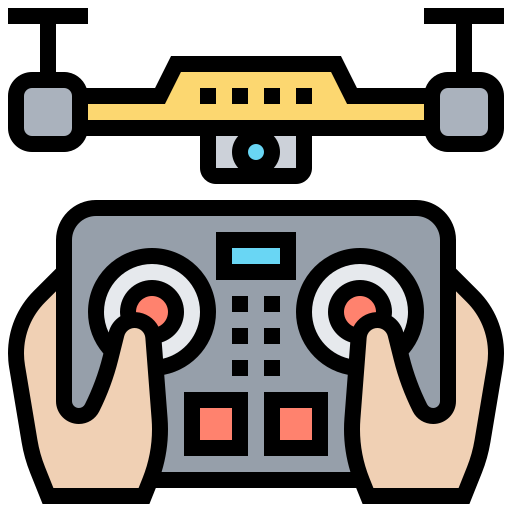In a world where technology is constantly evolving, drones have become increasingly popular among hobbyists and tech enthusiasts. As the sky becomes the playground for these unmanned aerial vehicles, understanding the basics of drone operation is essential for beginners looking to take flight. From its history to terminology and flying tips, this guide will provide a comprehensive introduction to the world of drones for those just starting out in this exciting and innovative field.
Choosing the Right Drone for Beginners
When it comes to , there are a few key factors to consider. First and foremost, it’s important to select a drone that is easy to fly and control. Look for models with features like built-in stabilizers and beginner-friendly modes to help you get the hang of flying without too much difficulty.
Additionally, consider the size and weight of the drone, as well as the flight time and range. Compact drones are great for beginners who want to practice indoors, while larger drones are better suited for outdoor flying. Longer flight times and extended ranges are also important for maximizing your time in the air and exploring different environments.
Understanding Basic Drone Controls and Functions
When operating a drone for the first time, it’s important to understand the basic controls and functions to ensure a safe and successful flight. Familiarizing yourself with the various buttons and features of your drone will help you navigate the skies with ease. Here are some key controls and functions that all beginners should be aware of:
- Throttle: This control is used to adjust the drone’s altitude. Pushing the throttle stick forward will make the drone ascend, while pulling it back will cause it to descend.
- Pitch: The pitch control is responsible for tilting the drone forward or backward. This movement is essential for changing the direction of flight.
- Yaw: Yaw control allows you to rotate the drone left or right. Mastering yaw control is crucial for achieving smooth and controlled turns.
- Roll: Roll is used to tilt the drone to the left or right. This motion helps in maneuvering the drone horizontally.
Additionally, understanding the different flight modes, such as GPS mode, manual mode, and return-to-home function, can enhance your flying experience and give you more control over your drone. By familiarizing yourself with these basic controls and functions, you’ll be well on your way to becoming a skilled drone pilot.
Tips for Safe Flying and Avoiding Common Mistakes
To ensure a safe and enjoyable flying experience with drones, it is essential to follow these tips and avoid common mistakes:
- Read the drone manual: Before takeoff, make sure to read the user manual thoroughly to understand the functions and controls of your drone.
- Check the weather conditions: Always check the weather forecast before flying your drone to avoid strong winds, rain, or other adverse conditions.
- Calibrate the compass: Before each flight, make sure to calibrate the compass on your drone to ensure accurate navigation.
- Practice flying in an open area: Start flying your drone in an open and spacious area to avoid obstacles and improve your piloting skills.
Additionally, it is important to familiarize yourself with local drone regulations and airspace restrictions before flying. Always maintain a line of sight with your drone, avoid flying near airports or restricted areas, and respect the privacy of others. By following these tips and being mindful of common mistakes, you can have a safe and successful drone flying experience.
Navigating Regulations and Restrictions for Drone Use
When it comes to using drones, there are several regulations and restrictions that beginners need to be aware of in order to fly safely and legally. Understanding these guidelines can help you enjoy your drone experience while avoiding potential fines or legal trouble. Here are some important points to keep in mind:
- Registration: Before flying a drone, make sure to register the aircraft with the appropriate aviation authority in your country.
- No-fly Zones: Be aware of restricted airspace, such as airports, military bases, and national parks, where drone flights are not allowed.
- Altitude Limits: Most countries have restrictions on how high drones can fly, typically ranging from 120 meters to 150 meters above ground level.
| Country | Max Altitude Restriction |
|---|---|
| USA | 400 feet (approx. 120 meters) |
| UK | 120 meters |
Additionally, it’s important to respect the privacy of others when using drones by avoiding capturing footage or images of individuals without their consent. Always fly your drone within line of sight and avoid flying over crowds or congested areas. By following these regulations and restrictions, you can have a safe and enjoyable drone flying experience as a beginner.
The Conclusion
As you embark on your journey into the world of drones, remember to always fly responsibly and follow all regulations set by aviation authorities. With practice and patience, you’ll soon be soaring through the skies with your very own drone. The possibilities are endless, so let your imagination take flight and explore the world from a whole new perspective. Happy flying!
